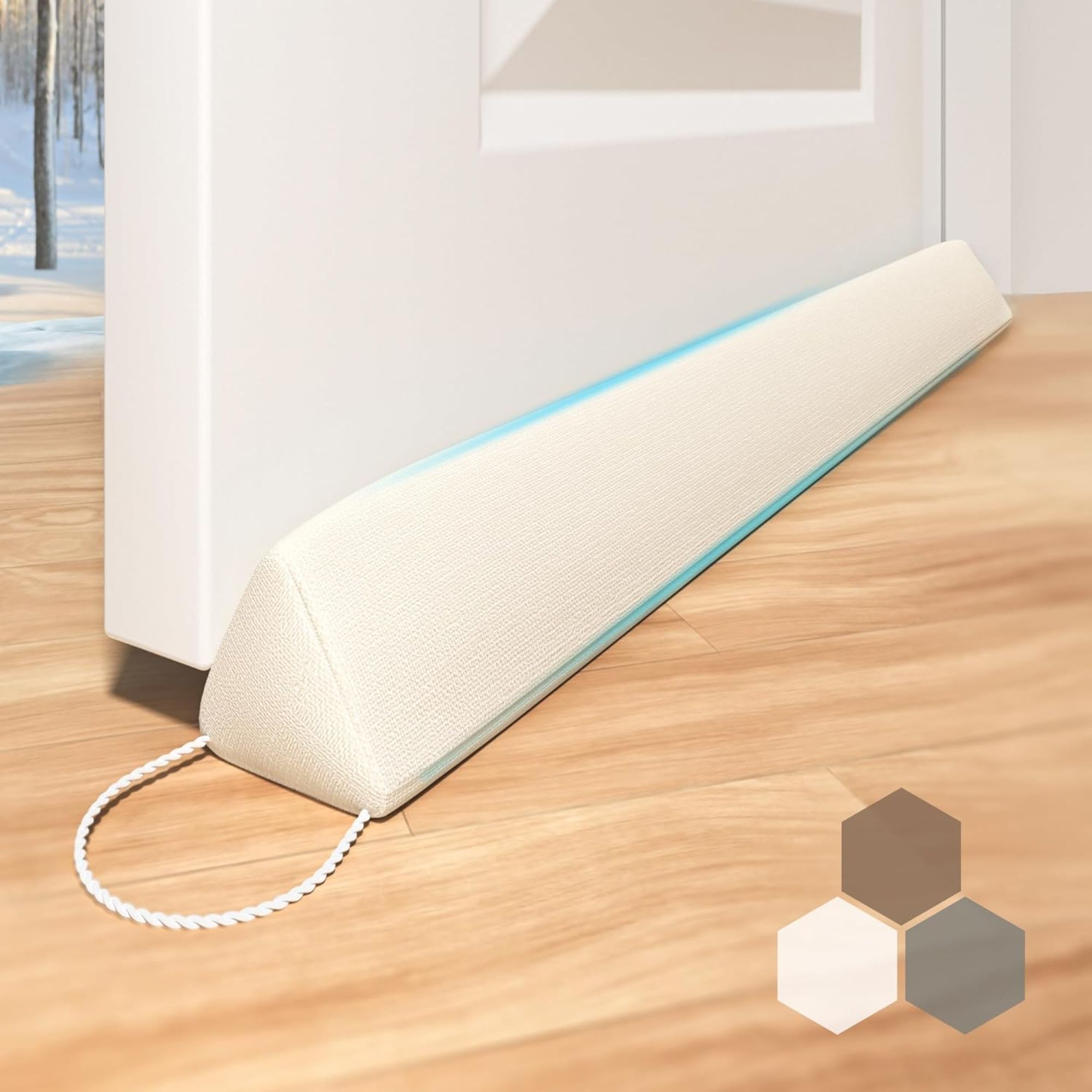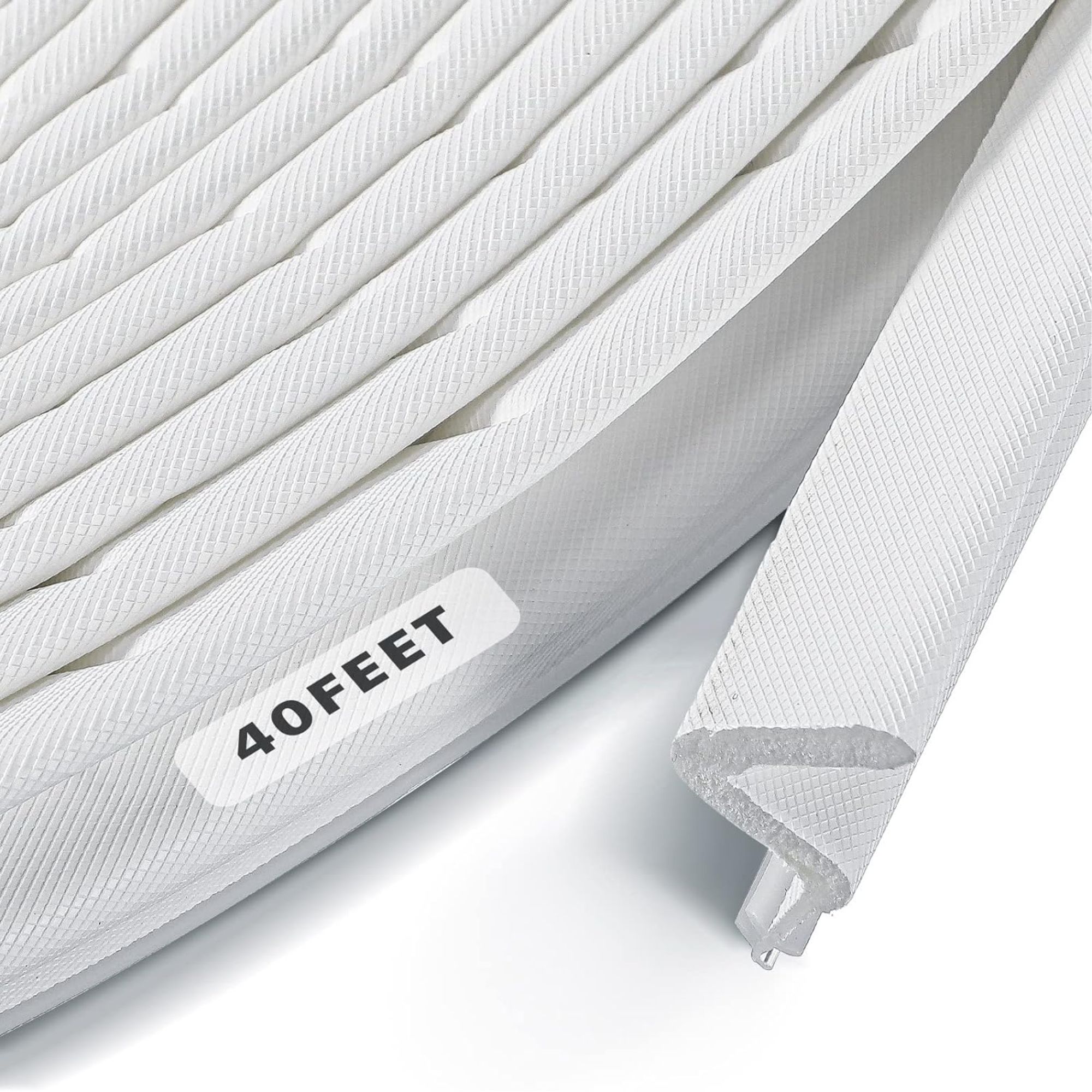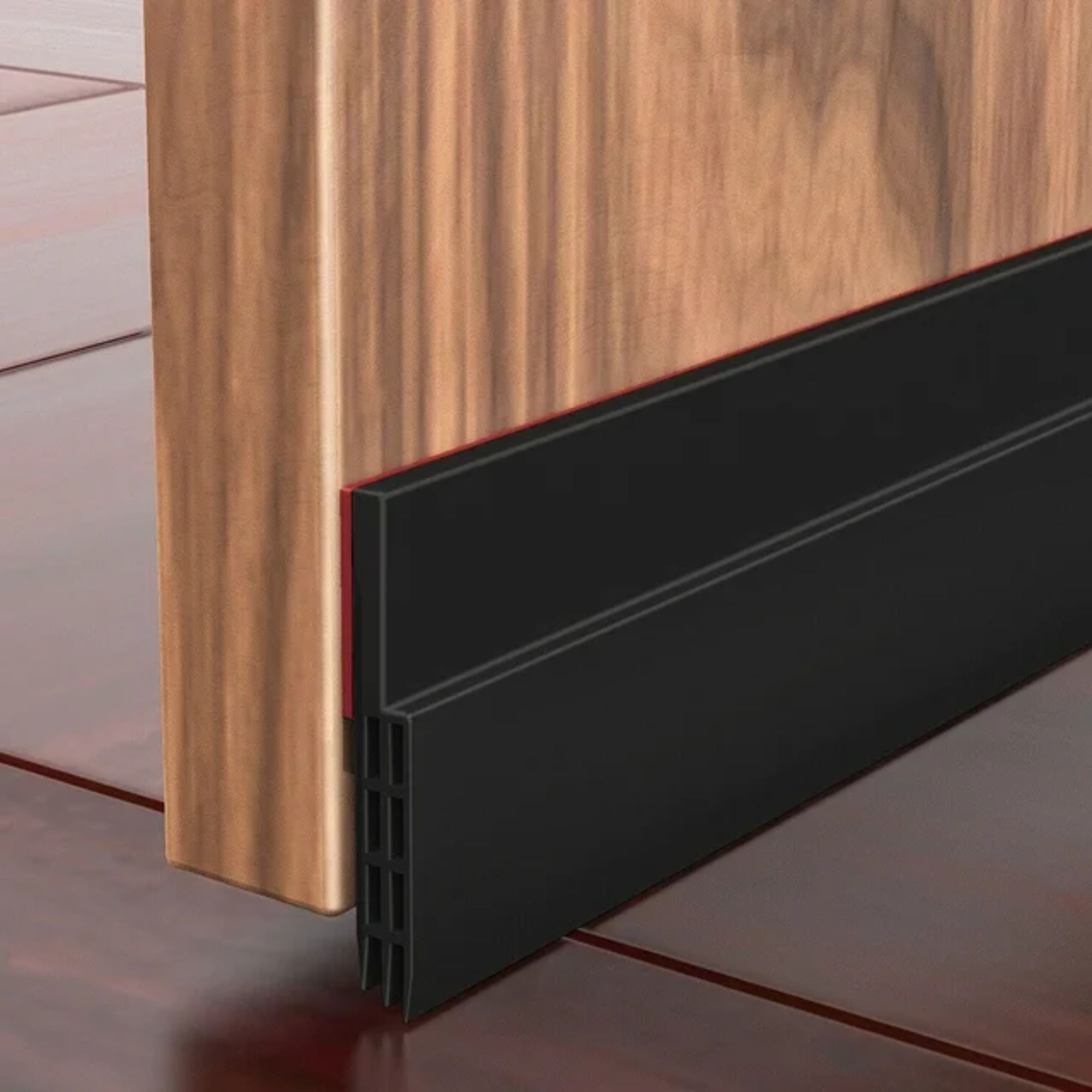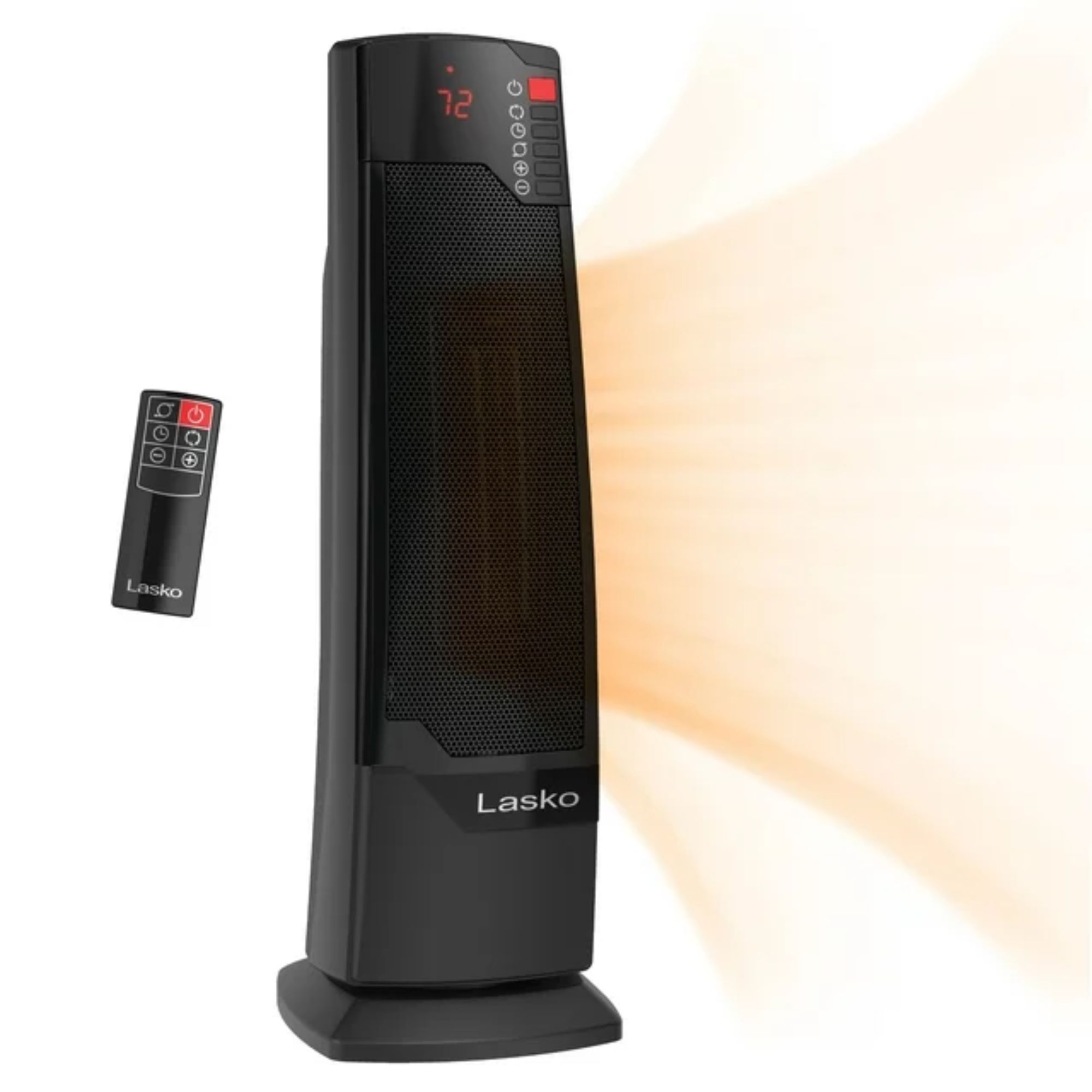How to heat your house when the furnace goes out – 7 tips from heating experts
Try these short and long-term tricks to keep your home warm while you wait for your furnace to be fixed


During the coldest months of the year, furnaces can be prone to breaking
down. This can be due to any number of reasons, from poor maintenance to a power outage. Regardless of the reason, it's essential to ensure your home stays warm to maintain a comfortable living environment while you await the repair of your furnace.
These methods to keep your home warm this winter include temporary heating solutions and heat retaining tricks to keep your house warm without heating. These simple techniques can keep your space at an acceptable temperature for the short term while reinforcing the insulation in your home long term.
Heating experts recommended these seven tips to heat your house when the furnace goes out.
How to heat your house when the furnace goes out
'While a furnace going out is never convenient, especially in the winter, some alternative heating sources can take the edge off the cold until you can fix or replace your furnace, in addition to changing our behaviors to help conserve the heat you do have,' explains Rinkesh Kukreja, founder of Conserve Energy Future.
1. Use alternative heating sources
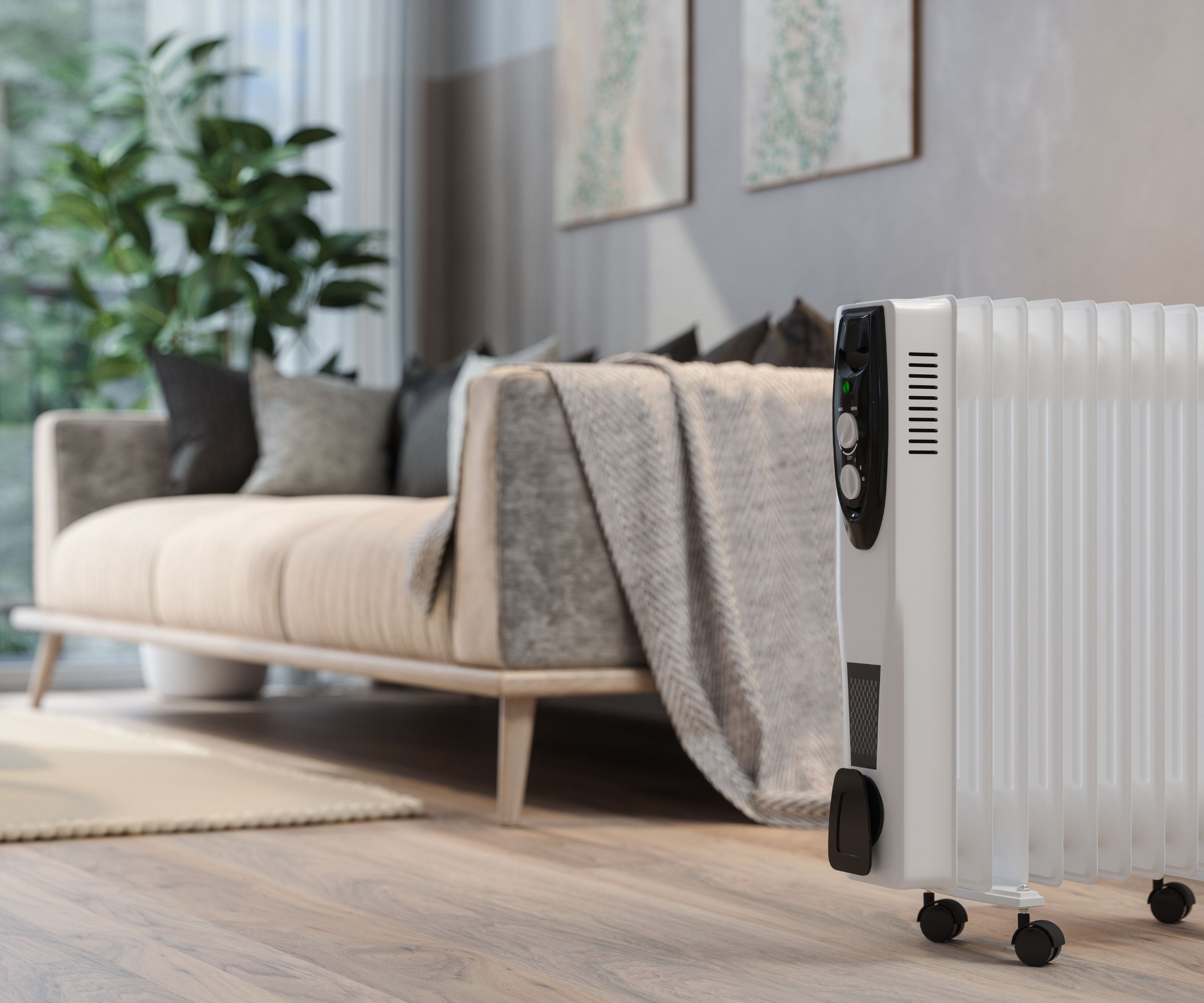
Consider using localized heating sources in the rooms you use most, keeping the doors closed to keep the heat contained. These are most energy-efficient and effective when used in small, well-insulated spaces.
Portable generators provide temporary power to run electric heaters or other heating appliances. 'However, it's important to note that portable generators are not designed to take over your home's circuitry,' says Shlomo Cherniak, owner of Cherniak Handyman Services. 'They are typically used to power individual appliances through their outlets.
Portable space heaters can provide localized heat in specific rooms if you have access to a working power source.
Design expertise in your inbox – from inspiring decorating ideas and beautiful celebrity homes to practical gardening advice and shopping round-ups.
A gas, electric, or wood-burning fireplace is also a good heat source if you have one.
When using any of these, always follow safety guidelines, such as keeping heaters away from flammable materials, not leaving them unattended, ensuring proper ventilation, and verifying that all heating equipment is in excellent working order.
If you’re using an extension cord, make sure they are rated to handle the amount of power your heater will be drawing, otherwise, they could become a fire hazard.
'However, these heaters consume much energy when used as the only source of heat, so consider the tips below to stay warm when the heating is out,' advises Keith Wortsmith, president of DASH Heating & Cooling.
POWTECH heavy duty extension cord | $9.99 from Amazon
2. Insulate with decor
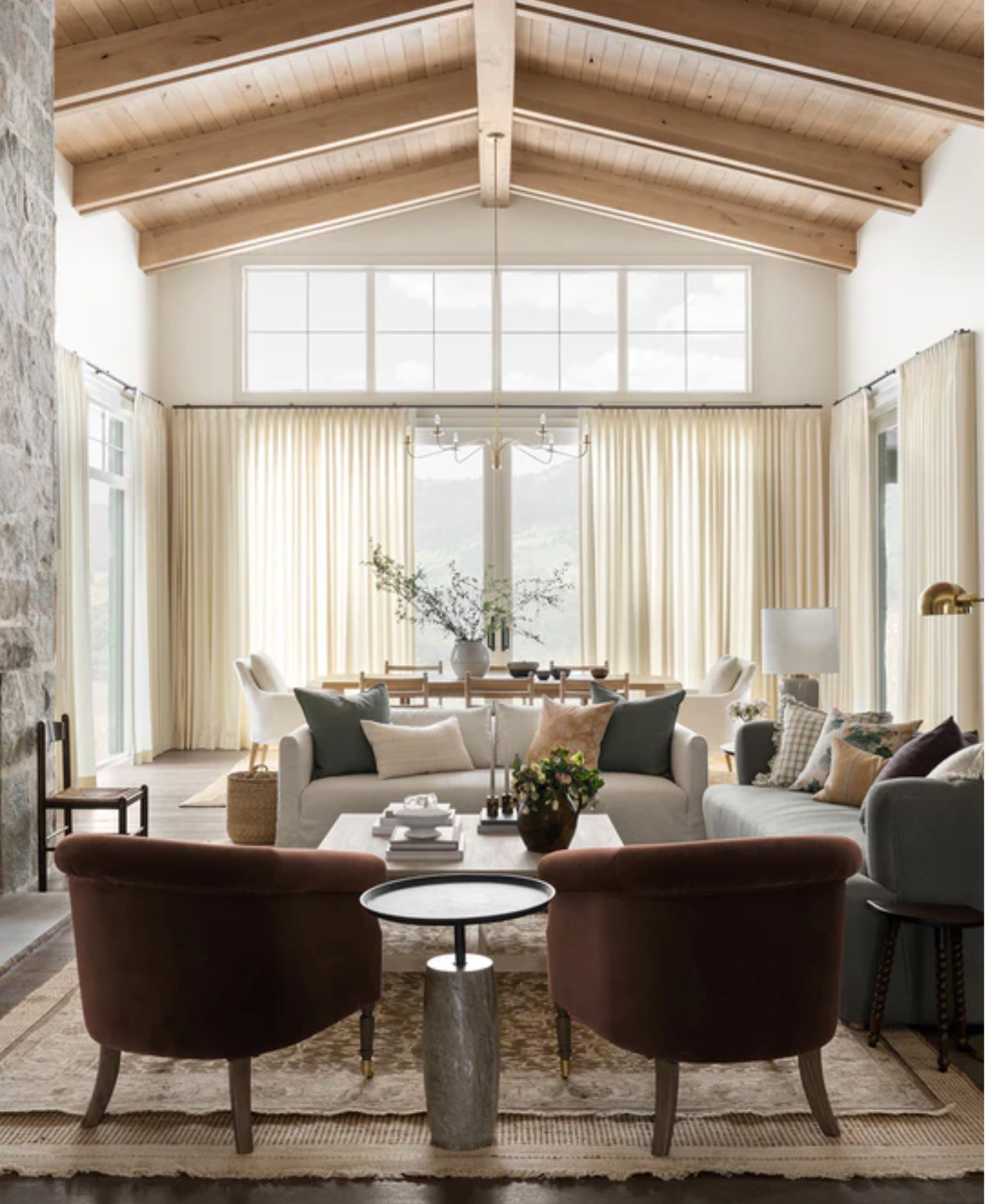
'There are adjustments you can make to a room using furnishings to insulate your space,' explains Traci Fournier, vice president of Operations for One Hour Heating & Air'Try laying out an area rug on hardwood surfaces, especially if you have wooden floors that typically have small cracks, or use heavier drapes to keep the warm air in at night.'
You could also consider draping fabric, such as decorative rugs, on walls and placing bookshelves and cabinets against them to add an extra layer of insulation.
'You can also move your furniture around so that you sit near interior walls instead of exterior ones,' adds Traci Fournier. 'This will help keep you warmer while also creating a more intimate space.'
3. Maximize sunlight during the day
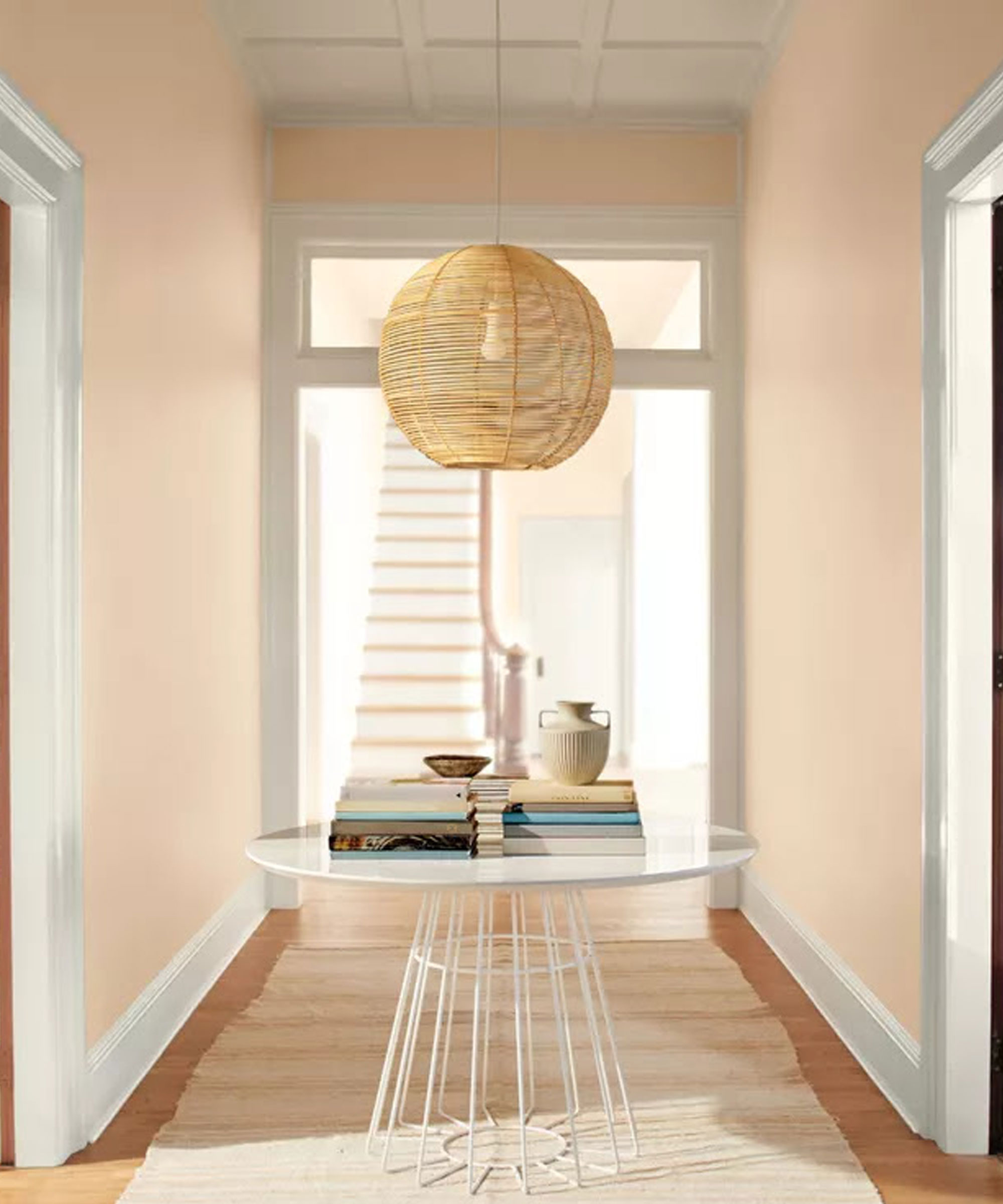
Maximize natural heat by increasing natural light in your home. Keep curtains open during the day to allow sunlight in and incorporate reflective surfaces into your home decor. Consider rearranging furniture, so you are able to sit in the sunlight to help you stay warm. Just remember to close curtains in the evening to help insulate the room and keep the warmth inside.
4. Utilize heat from appliances

Different activities and appliances in your home that you may do or use on a daily basis can be utilized to generate extra warmth when the furnace is out.
'Cooking can generate a lot of warmth,' says Keith Wortsmith. 'Using your oven and stove to make meals can help increase the temperature in your kitchen and surrounding area.
'Your clothes dryer can also add warmth to your home. Knock out all your laundry while you wait for the HVAC technician to arrive,' advises Shlomo Cherniak. 'The heat generated by the dryer can help increase the temperature in your home temporarily.'

Keith Wortsmith, President of DASH Heating & Cooling, helms a family-owned HVAC company that has been a trusted name since its establishment in 1931. With a rich legacy of over 90 years in the industry, DASH Heating & Cooling, under Keith's leadership, focuses on customer satisfaction, top-tier equipment, and delivering quality and comfort across the greater Little Rock area. This extensive experience reflects the company's deep commitment to expertise and excellence in HVAC services.
5. Insulate and seal drafts

Insulating your home is the best way to retain heat. Consider weatherproofing your windows and insulating your attic and walls if they aren’t already.
Additionally, DIY draft-proofing jobs to warm your home can be a great way to prevent heat loss and cold air from entering. 'Use weatherstripping, draft stoppers, or plastic window insulation kits to seal any gaps around windows and doors,' advises Shlomo Cherniak. 'This can help prevent cold air from entering and warm air from escaping, improving the overall efficiency of your heating efforts.'
If you don't want to invest in a draft stopper, you can make your own using household items. Keith Wortsmith says: 'For this, use DIY draft blockers or rolled-up
towels under doors or on window sills to stop cold air from coming in and
warm air from escaping.
'Furthermore, taping heavy-duty aluminum foil to your windows, reflective side out, can also help reflect heat back into your room.' Alternatively, you can use this clear window film, from Amazon, to reduce heat loss through your windows while still allowing for visibility and light to enter the room.
6. Seal off unused rooms
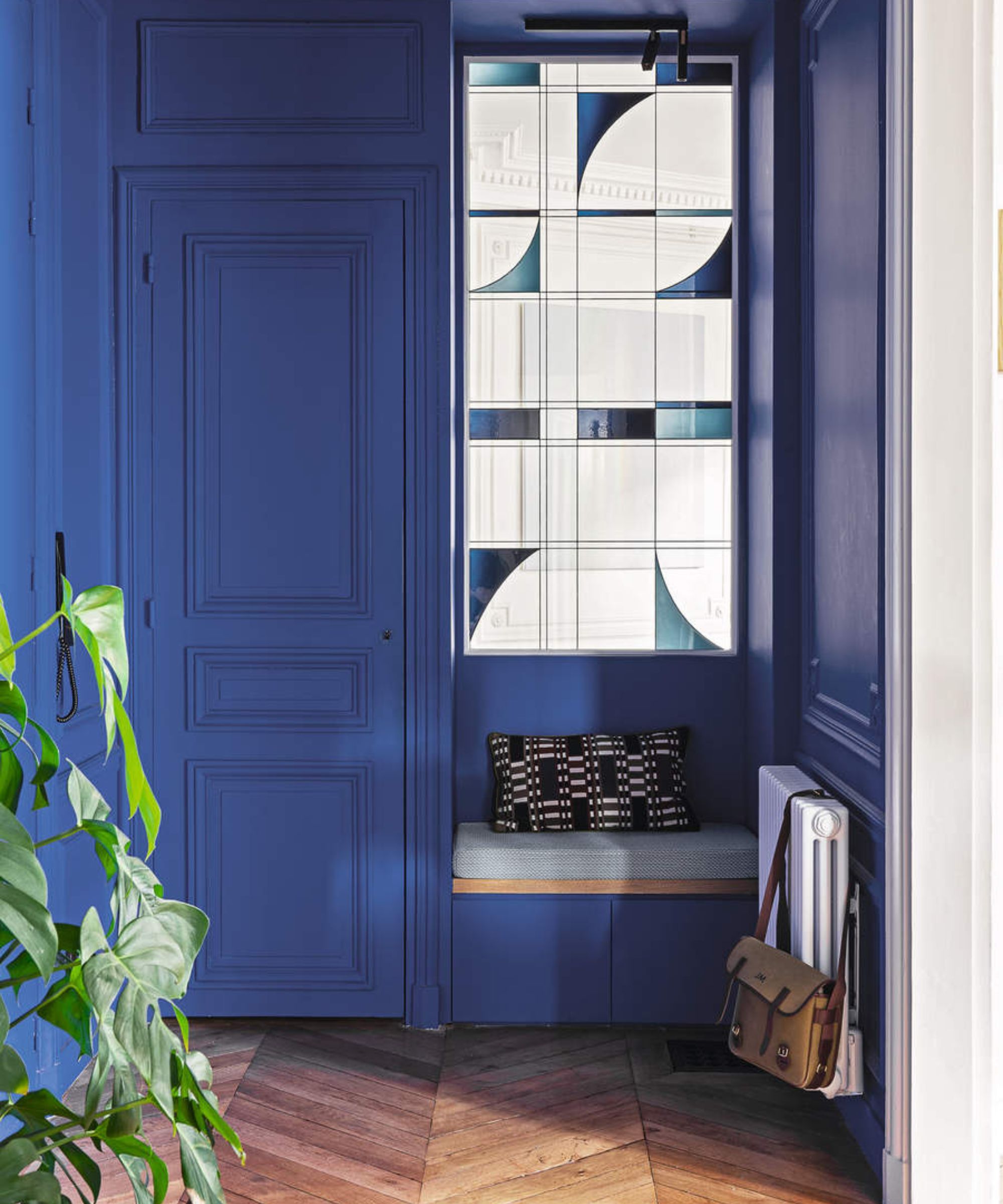
'Close the doors to unused rooms in your home to prevent heat from escaping and concentrate heat in the occupied areas,' advises Shlomo Cherniak. 'This can help conserve heat and make it easier to maintain a comfortable temperature in the occupied areas.'
7. Ventilate to prevent cold spots
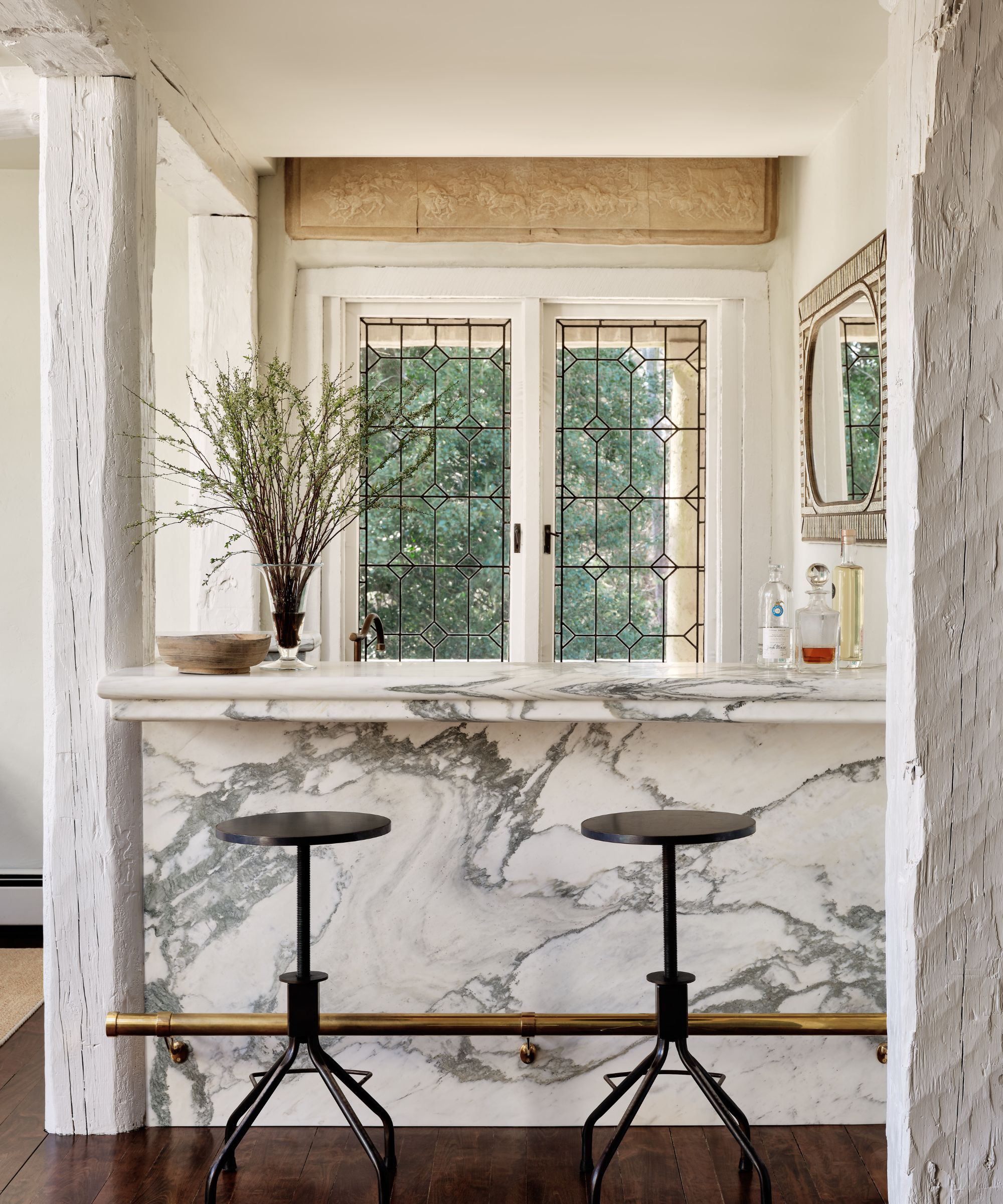
In winter, people often mistakenly close the vents in their rooms in an attempt to keep their homes warm. However, this is a mistake.
'You need to ensure all vents are open to prevent cold spots,' explains Traci Fournier. 'While you’re at it, be sure to give them a good clean to prevent dust and other debris from the inhibiting airflow.'
'Speaking of ventilation, if your ceiling fan has a reverse switch, use it,' recommends Keith Wortsmith, president of DASH Heating & Cooling. 'By reversing the direction of the blades to clockwise rotation, the fan will push warm air that's risen to the ceiling back down into the room.'
You can also open cabinets under sinks to prevent pipes from freezing in unheated spots, and occasionally consider sleeping with your window open in winter.
It's important to remember that many of these measures are only intended as short-term solutions. Furnace maintenance is essential, and you must have your furnace repaired by a qualified professional as soon as possible to ensure the long-term safety and comfort of your home.
'For emergency repairs, check for fundamental faults such as a tripped circuit breaker, blocked air filter, or outage of the pilot light if you are knowledgeable about furnace mechanics and it is safe to do so,' says Alan Houghton and Gordon Chalk, owners of Next Level Underfloor Heating And Screed Solutions. 'Only undertake repairs that are within your area of competence, and if you are doubtful, seek a professional technician.'

Lola Houlton is a news writer for Homes & Gardens. She has been writing content for Future PLC for the past six years, in particular Homes & Gardens, Real Homes and GardeningEtc. She writes on a broad range of subjects, including practical household advice, recipe articles, and product reviews, working closely with experts in their fields to cover everything from heating to home organization through to house plants. Lola is a graduate, who completed her degree in Psychology at the University of Sussex. She has also spent some time working at the BBC.


